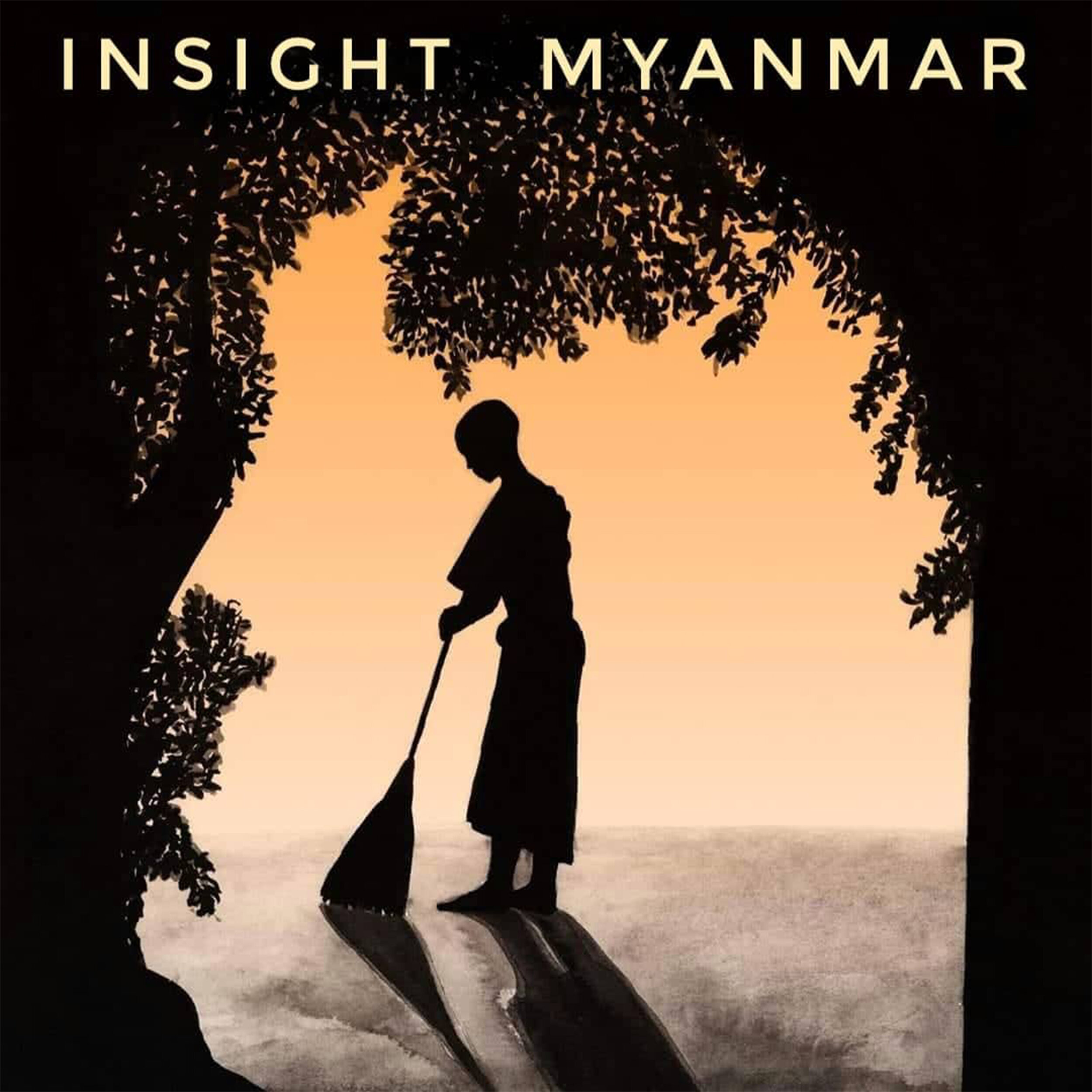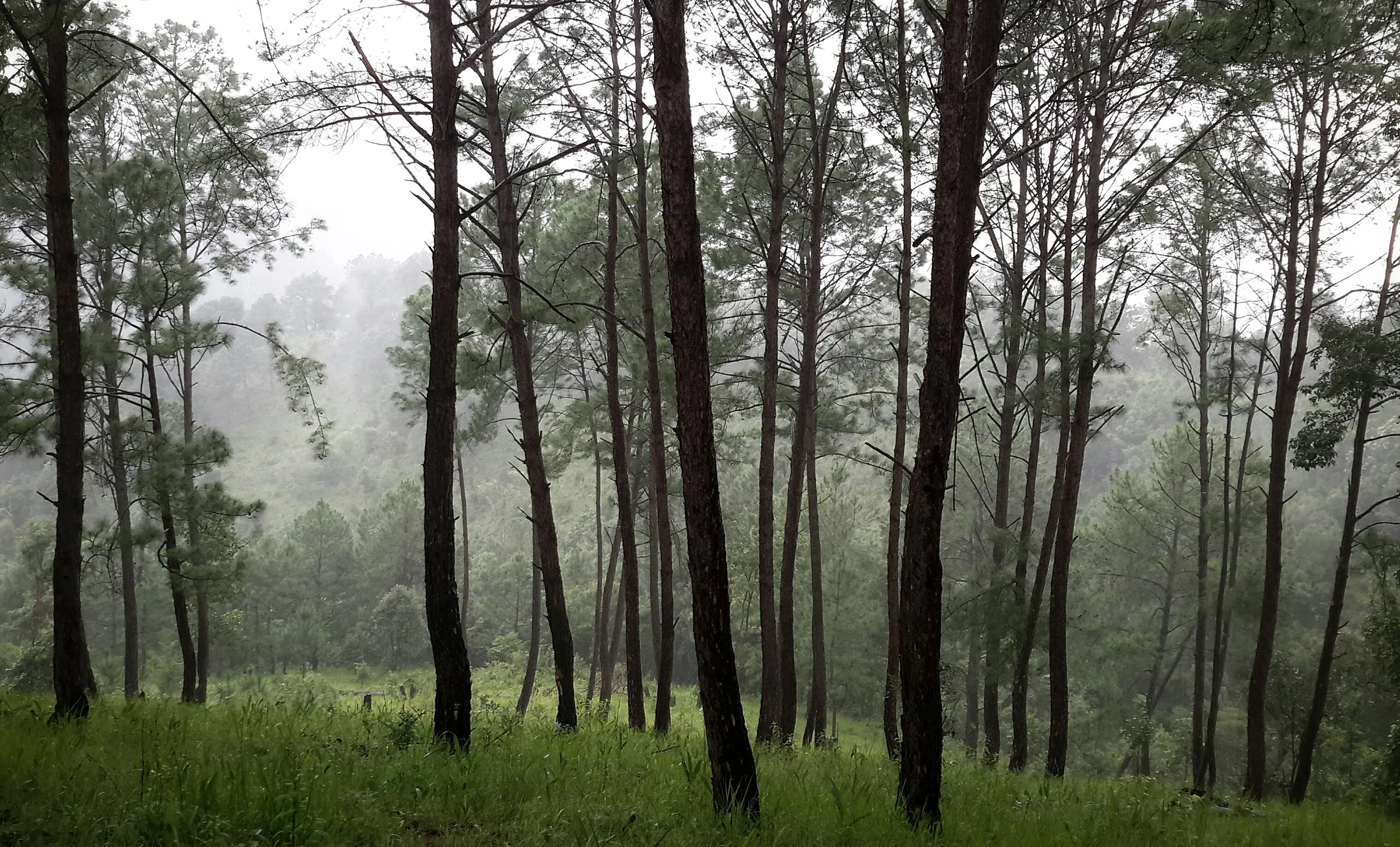Trip Itinerary
Day 1: Mandalay to Pyin oo Lwin
We will drive to the cooler climbs of Pyin Oo Lwin, a former British "hill station" that has more recently become the preferred summer retreat house for a number of meditation monasteries. Pyin Oo Lwin sits literally on the border of Shan State, and offers excellent views of the Shan Hills. After lunch at the special Chan Tak Chinese Temple and then settling in to our adobe hotel rooms, we'll take a drive around the town's main sites, and finish the day at the expansive and beautiful Kangdawgyi National Gardens.
DAY 2: Pyin Oo Lwin
Today we will discover the dhamma riches hiding in plain site. This includes Shwe Sar Yan Pagoda, the site of a Shan princess' 11th century homecoming; Pyi Chit Pagoda, the Buddha image that refused to be transported to China and so a pagoda was enshrined around it; and Peik Chin Myaung Caves, where an underground stream winds through the many Buddha images. In the afternoon we'll go a little further afield to explore the traditional rural village of Ei Chantha.
DAY 3: Pyin Oo Lwin
This is our day for Pyin Oo Lwin's many monasteries. A list will be chosen for visitation among the following: Pa Auk, Dhamma Mahimā, Panditarama Shwe Taung Gon Sāsana Yeiktha, Brahma Vihāri, Appamada Forest Meditation Center, Chan Myay Yeiktha, Chan Myay Myaing, Dhamma Sahaya Sāsana Sinda, and more.
DAY 4: Kyaukme
A small pleasant town known for its quality tea and trekking routes, this is our first introduction into Shan culture. We will visit some of the local monasteries and pagodas and learn about the village's history as being an important trading route between Shan and Bamar peoples.
DAY 5: Hsipaw
Famous for once having an Austrian princess in the 1950s (a story told here), there is much to see in attractive Hsipaw. We will visit the Haw where the Shan royalty once lived; meet the meditation-teaching abbots at Maha Myat Muni Pagoda; visit Bawgyo Pagoda, where a stupa enshrines a Shan princess's Buddha-relic-earring from almost one thousand years ago, and catch the sunset at Five Buddha Hill.
Day 6: Kalaw
Kalaw is one of the real gems of the Golden Land, and so we will spend more time here than anywhere else. Few pilgrims will have any grounds to complain, what with the lush pine forests, splendid views, nature walks, and most importantly, the array of monasteries and pagodas to be found throughout here. Today we will drive from Hsipaw to Kalaw, and settle into town, taking a brief tour around the area and visiting Aung Cha Tha Pagoda in downtown.
DAY 7: Kalaw
We will visit some sites just outside of town, including Dhamma Dayada, the Shwe Oo Min meditation monastery branch; Ariya Wasa Dhamma Yeiktha, founded by a nun and offering seasonal retreats; Hnee Paya, a bamboo Buddha image dating back centuries; and Myo Ma Pariyatti Monastery, the downtown monastery that General Aung San once visited and predates the very founding of the town.
DAY 8: Kalaw
Today we will venture further outside the downtown of Kalaw, with some very special places to be announced...
DAY 9: Pindaya
The most famous attraction of Pindaya is the Shwe Oo Min Cave, a subterranean cavern featuring thousands of golden, glowing Buddha images. We will learn about the history of this site and visit some of the meditation spots inside the cave. Then, we'll stop by Kone Lone Monastery, where the body of Kone Lone Sayadaw has not decomposed. A lifelong vegetarian who preached the importance of a fresh fruit diet, we will visit his cave and hear about his life and teaching.
DAY 10: Taunggyi
Taunggyi is the biggest Shan city and home to a number of important Buddhist sites, and today we will concentrate on the region's many pagodas. We will start by getting a good view of town at Shwe Phone Pwint Pagoda, and exploring Ruby Cave at the base of the spire. Other stops include Yaw Taw Mu Pagoda, the standing Buddha images that are now looked after over Japanese Buddhists following an accidental bombing during World War II; Sulamuni Pagoda, whose design is inspired by Bagan's Ananda Pagoda; Mya Zein Pagoda, a pleasant site for an evening stroll and which houses a collection of important relics; and many more.
Day 11: Taunggyi
Our second day in Taunggyi will look at some of the area's monasteries. Included in this list is Parama Sasana Yeiktha, where an English-speaking monk from the U Pandita tradition resides; Sunlun Monastery, a meditation site with large walking paths in a generous compound that teaches the Sunlun practice; Myae Phyu Monastery, a Pa-O site that was one of the first in Shan State to begin teaching meditation to lays, Hti Han Sway Monastery, another Pa-O site just out of town that teaches meditation in the Mahasi tradition to yogis and monastics on long retreats; and more.
Day 12: Around Taunggyi
We will explore the region outside Taunggyi today. On schedule will be the beautiful Maing Thauk Forest Monastery, an 18th century monastery with views of Inle Lake and home to several monastic meditation teachers who speak English; Mwaydaw Kakku, a stunning collection of stupas and carvings, some of which date back 2,000 years; and Hten San Cave, where local monks have come for meditation and where deities are believed to reside.
DAY 13: Mandalay
Today transportation will be provided back to Mandalay. Pilgrims who wish to stay longer in Shan State will be given an open bus ticket to use whenever they'd like.

